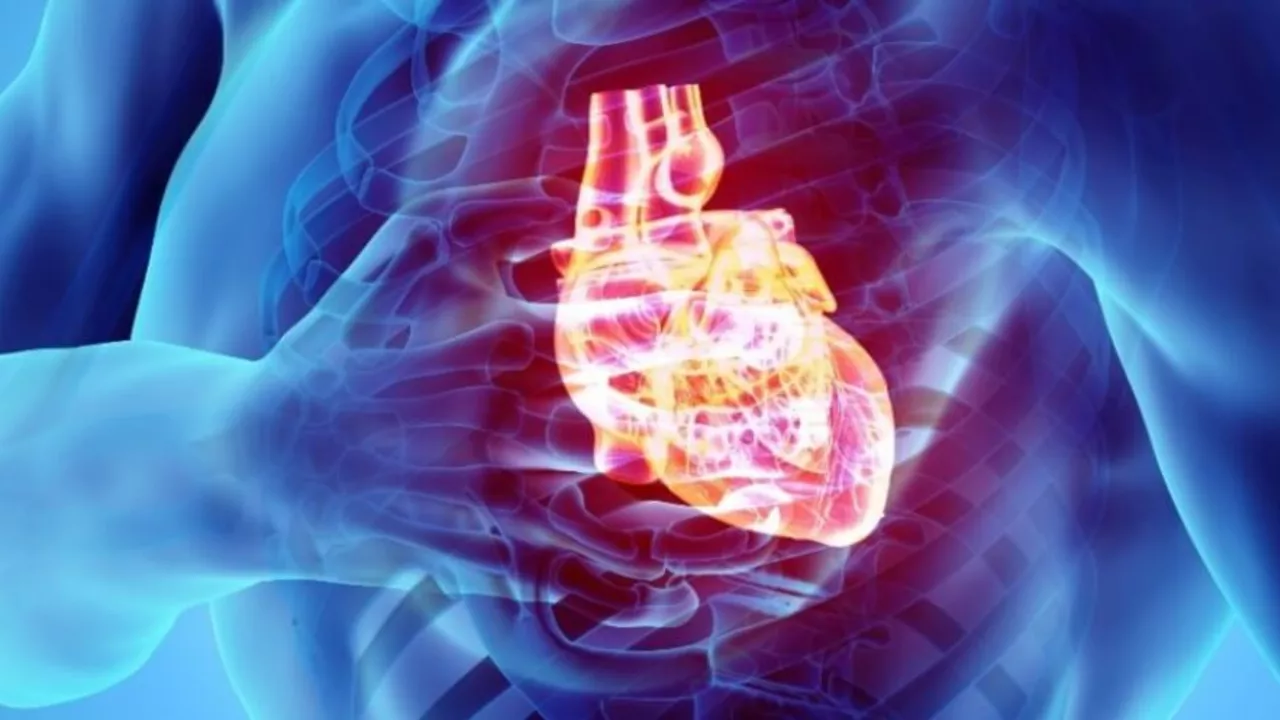Cause in Sports: What Drives the Action?
When we talk about Cause, the underlying reason or driver behind an event, outcome, or situation. Also known as reason, it helps explain why a game swings, why a league expands or why a stadium stays empty.
One of the most useful ways to think about a cause is as a Reason, the specific explanation that links an action to its result. In football, the reason a team misses a field goal might be wind, a bad snap, or pressure from the defense. In basketball, a reason for a losing streak could be injuries or a tough schedule. By naming the reason, you turn a vague feeling into a concrete piece you can act on.
Another key piece of the puzzle is the Factor, any element that contributes to a larger cause. Factors can be physical, like a slippery pitch, or psychological, like a crowd’s energy. When analysts break down a match, they list factors such as player fitness, tactical changes, and even travel fatigue. Each factor adds weight to the bigger cause and helps fans understand the full story.
Beyond reason and factor, cause often intertwines with motivation and impact. Motivation is the personal drive that pushes athletes to train, compete, and bounce back after a loss. Impact describes what happens after the cause takes effect – a win that boosts ticket sales, a controversy that shapes league policy, or a scandal that changes fan perception. Seeing how motivation fuels a cause and how impact ripples outward gives you a 360‑degree view of the sports world.
How Causes Shape What We See on the Field
Consider the classic question, “Why doesn’t Los Angeles have an American football team?” The cause is a mix of stadium politics, market saturation, and financing hurdles. Each of those is a factor, and together they form the reason the city stays on the sidelines. Similarly, the debate over whether the Super Bowl is staged revolves around cause‑and‑effect logic: media pressure (factor) leads to scheduling decisions (reason), which some fans interpret as manipulation (impact). By tracing the chain – factor → reason → cause → impact – you can separate hype from reality.
When you read a story about a Hall of Fame induction being tough, the cause is the stringent criteria. The reason? Limited slots, high competition, and a long career requirement. The factor? Historical performance metrics. Understanding this cause helps aspiring athletes know what they need to achieve and lets fans appreciate why some legends stay out of the Hall.
All of these examples show how a single cause can connect multiple reasons, factors, motivations, and impacts. Recognizing those connections lets you predict outcomes, debate policies, and enjoy games on a deeper level. Below you’ll find a curated set of posts that dig into specific causes across sports – from luck in baseball to the witching hour in NFL Sundays – giving you concrete examples of the ideas we just covered.
In my latest research, I discovered that while gas and acidity can cause significant discomfort, they don't directly lead to cardiac arrest. However, severe heartburn or acid reflux can mimic symptoms of a heart attack, causing panic and stress, which in extreme cases could contribute to heart issues. It's crucial to differentiate between heartburn and heart symptoms, so don't hesitate to seek medical advice if in doubt. Keep in mind, maintaining a balanced diet and healthy lifestyle can prevent both acidity problems and heart diseases. So, while there's an indirect link, gas and acidity don't directly cause cardiac arrest.

 Sports News
Sports News